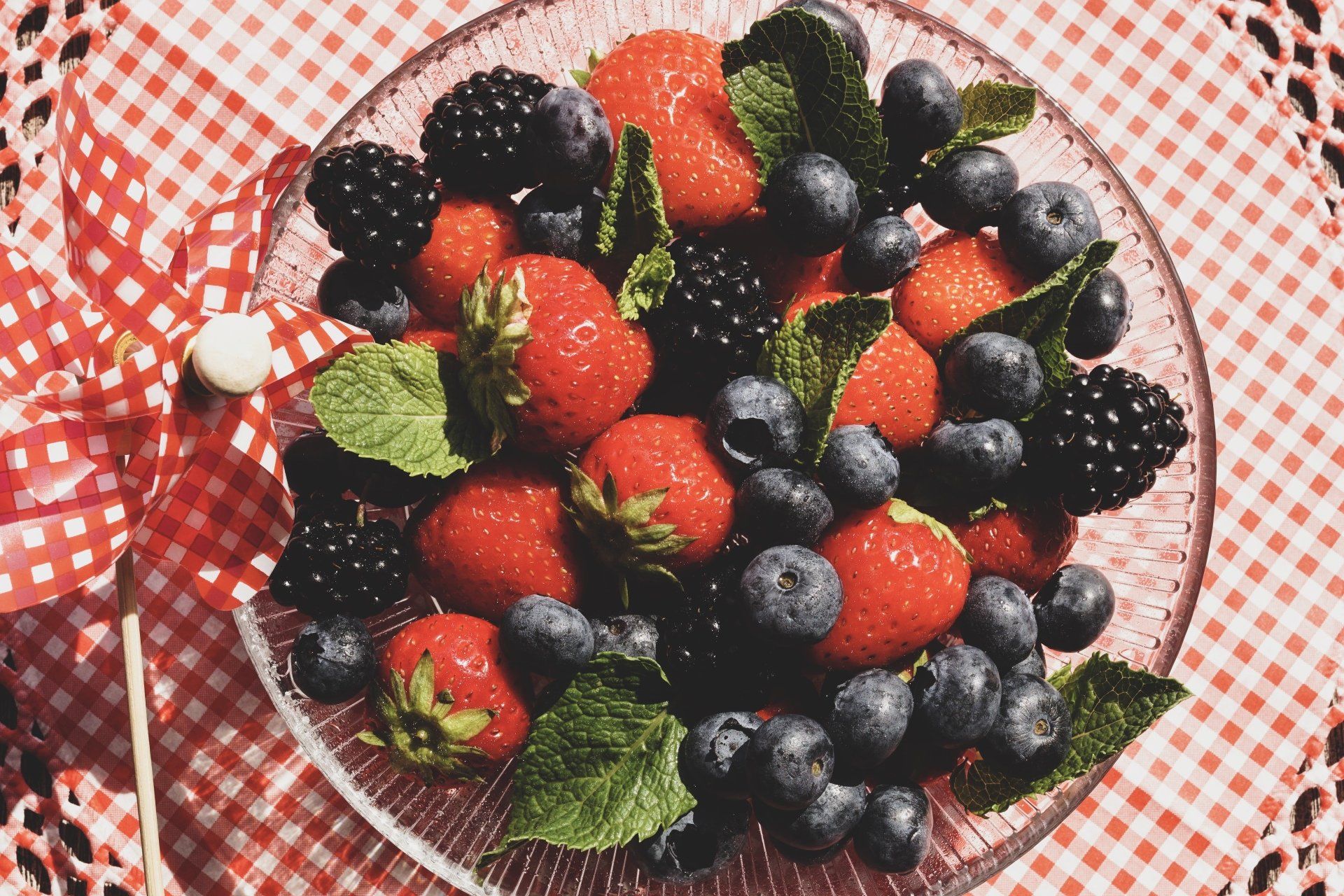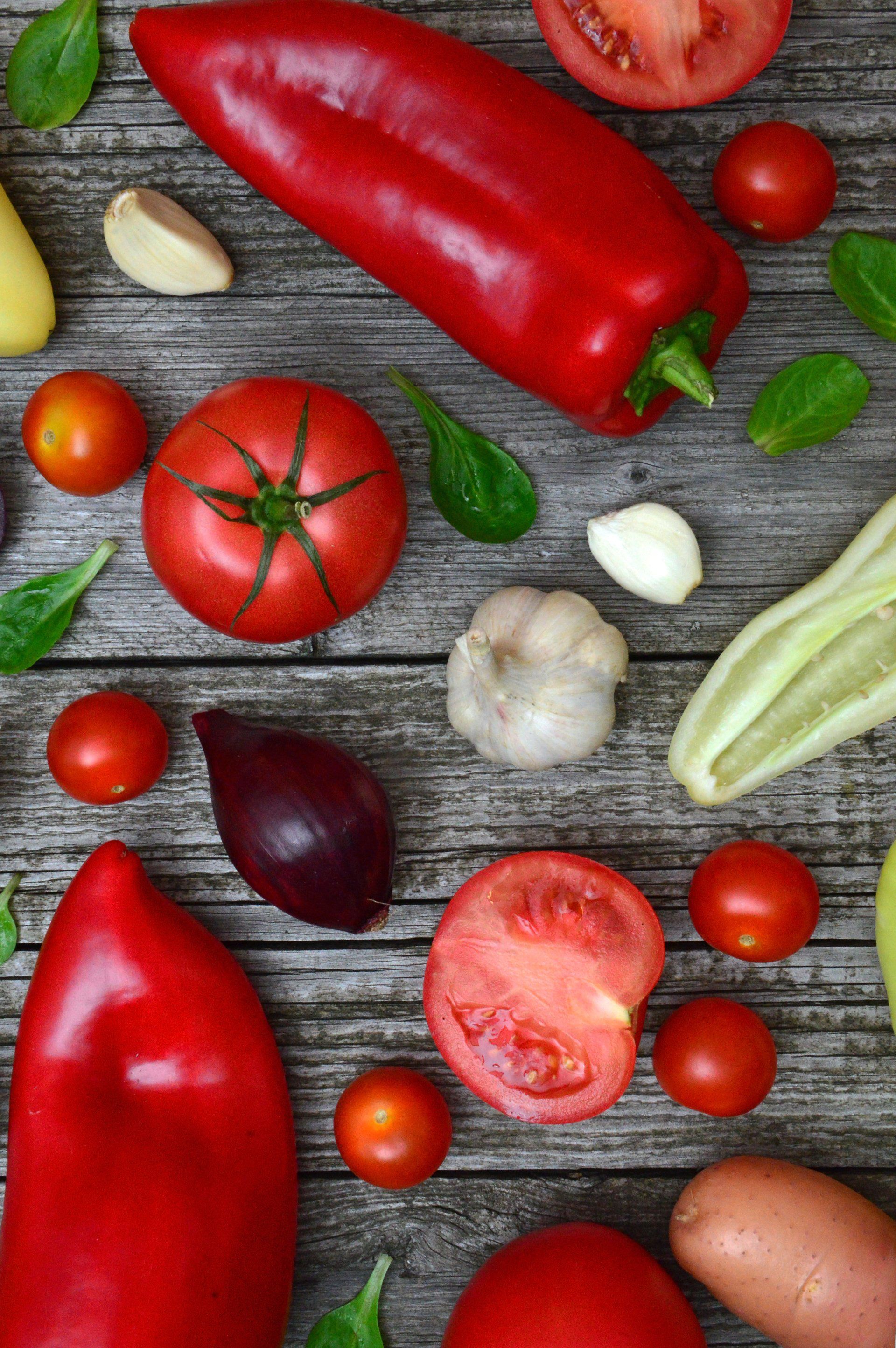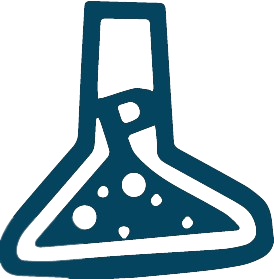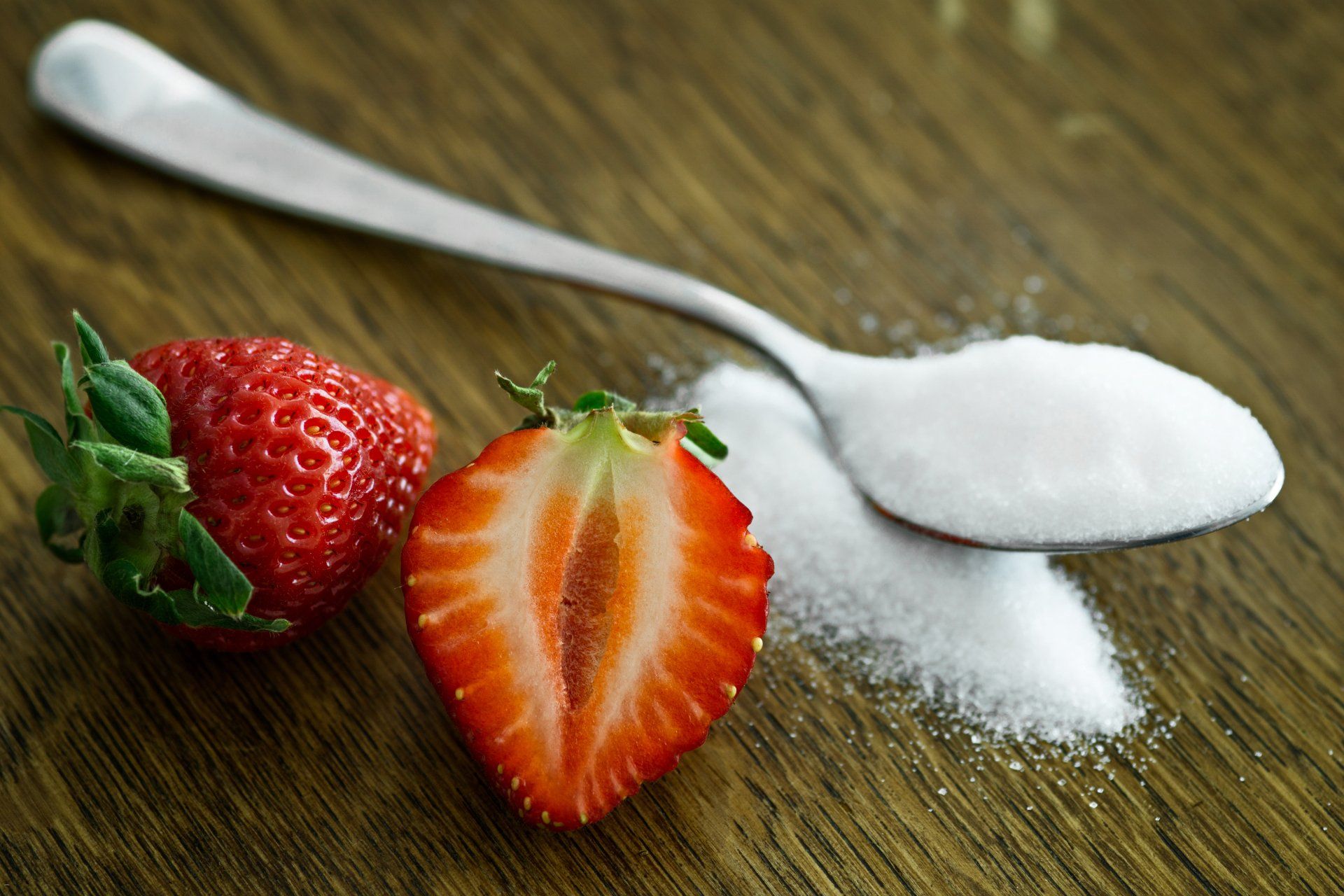Understanding the Digestion of Dietary Fiber: A Comprehensive Overview
Understanding the Digestion of Dietary Fiber: A Comprehensive Overview
By: Auburn Johnson MSc
Dietary fiber is an essential component of a healthy diet, contributing to various aspects of our well-being, including digestive health, weight management, and blood sugar control. Unlike other nutrients, such as carbohydrates, proteins, and fats, dietary fiber is not fully digested in the human digestive system. Instead, it undergoes a unique process that involves both mechanical and enzymatic actions. This article explores the digestion of dietary fiber, shedding light on the intricate journey it takes through the digestive tract.
Types of Dietary Fiber: Before delving into the digestion process, it's important to understand that dietary fiber is classified into two main types: soluble and insoluble.
1. Soluble Fiber: This type of fiber dissolves in water to form a gel-like substance. It can be found in foods such as oats, barley, fruits, and legumes.
2. Insoluble Fiber: Insoluble fiber does not dissolve in water and adds bulk to the stool. Common sources include whole grains, nuts, seeds, and vegetables.
Digestion in the Mouth: The process of fiber digestion begins in the mouth, where mechanical breakdown occurs through chewing. While fiber itself is resistant to the action of salivary enzymes, the physical grinding and crushing of food in the mouth help to break it down into smaller particles.
Stomach: Once the partially broken-down food, including fiber, reaches the stomach, it undergoes further mechanical processing and mixing with gastric juices. However, the stomach's acidic environment and limited enzyme activity have minimal impact on fiber breakdown.
Small Intestine: The majority of fiber digestion takes place in the small intestine, where pancreatic enzymes and enzymes produced by the lining of the small intestine play crucial roles. These enzymes work to break down complex carbohydrates, including soluble fibers, into smaller, more absorbable components. However, a significant portion of dietary fiber remains undigested as it moves through the small intestine.
Fermentation in the Colon: The undigested fiber then reaches the colon, where it becomes a substrate for fermentation by the gut microbiota. Bacteria in the colon break down certain types of fibers, producing short-chain fatty acids (SCFAs) and gases as byproducts. SCFAs are absorbed and contribute to various health benefits, such as nourishing the cells lining the colon and influencing metabolic processes.
Absorption: While some soluble fibers are absorbed in the small intestine, much of the fiber, especially insoluble fiber, continues its journey through the digestive tract without being absorbed. Instead, it adds bulk to the stool, promoting regular bowel movements and preventing constipation.
In summary, the digestion of dietary fiber is a complex process involving mechanical breakdown, enzymatic actions, and fermentation by gut bacteria. While some fibers are partially broken down and absorbed in the small intestine, a significant portion reaches the colon, where it serves as a crucial substrate for the production of beneficial compounds through fermentation. Understanding this intricate process highlights the importance of incorporating a variety of fiber-rich foods into our diets to support overall digestive health.












